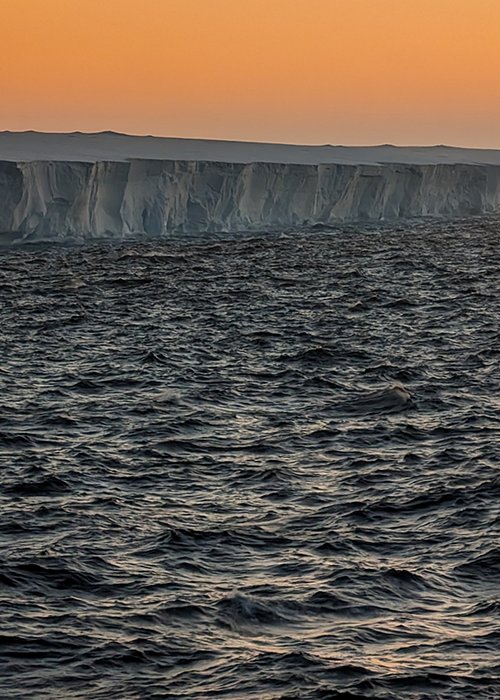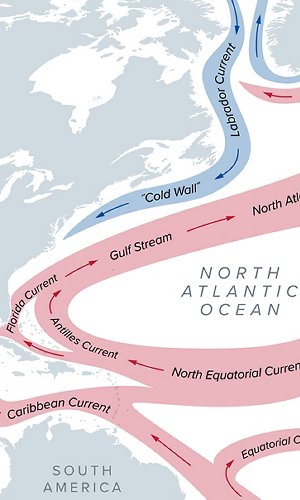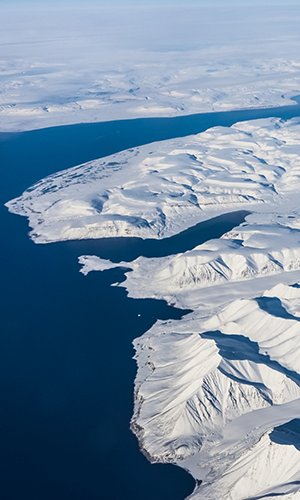An iceberg is a massive body of ice that breaks off from an ice sheet or glacier and floats in the sea. Most icebergs are found in polar regions - both the Arctic and the Antarctic - and form when glacial ice builds up to the point of cracking and sliding into the ocean. One interesting feature of icebergs is that about 90% of their mass lies underwater, with only 10% visible above the surface. This is due to the fact that ice is less dense than salt-water, allowing it to float. Icebergs vary widely in size, from tiny chunks to giant ice blocks covering hundreds of square kilometres. A-23a is a large, tabular iceberg that broke off from the Filchner-Ronne Ice Shelf in 1986. It remained grounded on the seabed for many years, then becoming trapped in an oceanic vortex. Just a few weeks ago, it finally broke free and is now drifting toward a remote British island. As of February 2024, it spanned around 3,900 km², making it the largest iceberg in the world. Currently, the iceberg is travelling through the Southern Ocean, driven by ocean currents and winds. Its enormous size (about five times that of New York City) makes it an undeniable force of nature. A-23a is making global headlines as it moves toward a small Antarctic island, home to numerous penguins, seals, and other marine species. Concern is growing, as the iceberg’s collision course could have devastating consequences for local ecosystems already under threat from climate change. The island in question is a key nesting area for various penguin species, including emperor penguins, and hosts numerous seals that depend on the surrounding marine environment for survival. A collision with an iceberg of this magnitude could irreparably damage these habitats, disrupting breeding areas, destroying food sources, and disturbing local wildlife. Icebergs are more than floating ice; they are massive blocks that can alter ocean currents and affect animal access to food while moving. In particular, they may jeopardise supplies of fish and krill, essential resources for many marine species. Authorities and scientists are tracking A-23a’s movements to better understand its path and explore ways to reduce the risk to the island and its penguin and seal populations. Research on glacier dynamics and the ecological impacts of icebergs is crucial to forecasting future evolutions and implementing protective measures. In some cases, indirect actions, like safeguarding vulnerable areas or managing local food supplies, can help. But should A-23a cause direct damage, the resulting loss of biodiversity could be significant, especially in ecosystems already stressed by climate change. The journey of iceberg A-23a is not only scientifically fascinating, but also a stark reminder of global climate change. Rising global temperatures are accelerating the detachment of massive ice sheets from the polar ice cap. Such events may become more frequent, with increasingly devastating impacts on marine ecosystems and the species that rely on them. As the world anxiously watches A-23a’s trajectory, it becomes clear that protecting natural habitats and combating climate change must become global priorities. Every small shift - even an iceberg’s path - has the potential to significantly disrupt the delicate balance of life on Earth.
By Angel Mata, 4LF, Liceo Ettore Conti, Milan




